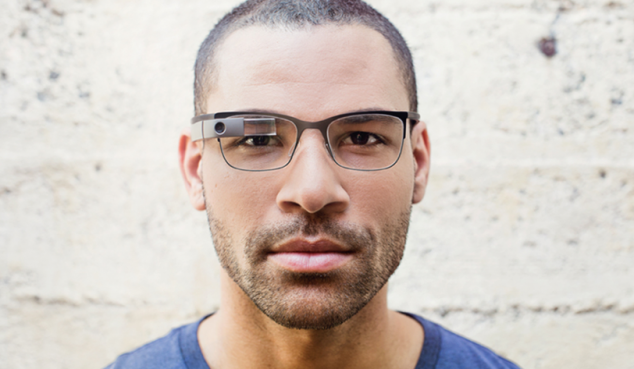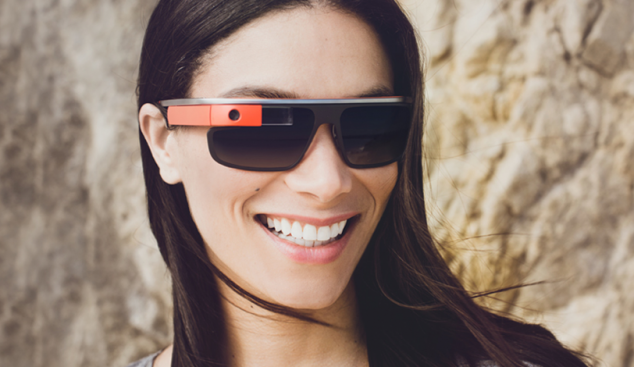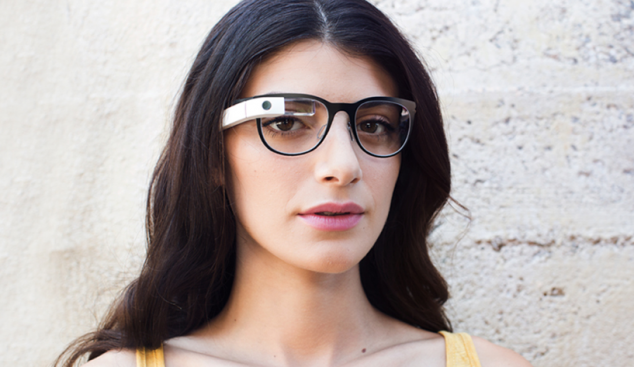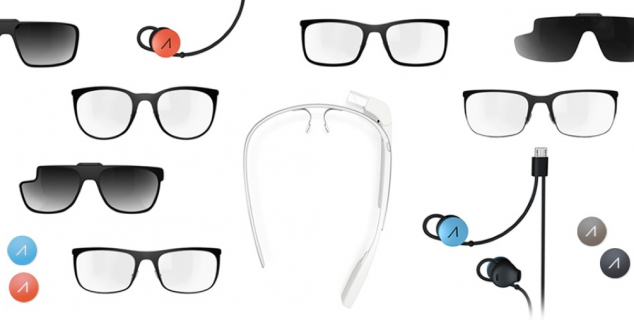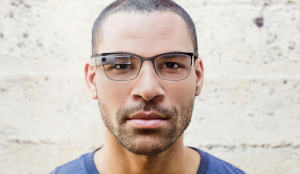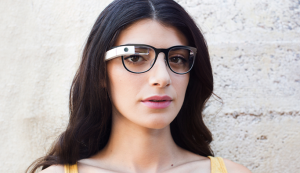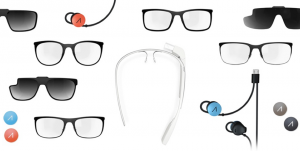Google Glasses and Contacts: More Than What Meets the Eye
Photos from the google glass site
What do smart contacts, and a computer you can wear on your head have in common?
As it turns out, both are some of the latest technological advances by Google(x), as a part of Project Glass. Project Glass is a research and development project, announced in April 2012, focused primarily on the further development of Google Glass, a wearable computer.
Project Glass was started by a group of Google(x) employees. Google(x) was established in 2010, and is separate from Google’s main business as a search engine.
The Project Glass Google+ page was created with an “about” section originally stating, “We think technology should work for you—to be there when you need it and get out of your way when you don’t.”
Though Project Glass has produced various inventions and innovations, such as the contact lenses, it came to be known mainly for it’s invention of Google Glass. In fact, the twitter account for Project Glass was originally @projectglass, but was changed to @googleglass.
“We’ve switched from @projectglass to @googleglass. (It’s not that exciting.)” Said the @projectglass twitter account.
Google Glass is a wearable computer with an optical head mounted display (OHMD). Glass weighs around 50 grams, roughly the weight of a golf ball.
Google Glass has yet to be released for consumers to purchase, but is scheduled to be released sometime in 2014.
However, Google Glass was available to developers, or as Google calls them, “Glass Explorers” in February, 2013. The Explorers could purchase the Explorer Edition of Glass for $1500, but in order to become an Explorer, one has to apply, including information such as your name, the country you live in, why you’re interested in Glass, and how you’d like to stay involved. Google did not provide extensive information as to the process used to select Explorers.
The Explorer Edition of Glass features a touchpad on the side of the glasses, above the right ear, which is used to control the device. The “screen” resembles a timeline, which is displayed on an interface on a small piece of glass in the upper right eye frame. This “timeline” displays information chronologically.
By sliding backwards on the touchpad, the timeline moves to the left, and current events are displayed, such as weather. By sliding forward on the touchpad, the timeline moves to the right, and past events are displayed, such as phone calls, text messages, photos, etc.
Glass can only display text messages, phone calls and other notifications if a smartphone is paired with Glass. Glass can also be linked to a computer in order to use the computer’s internet connection.
In order to use Glass hands-free, users can tilt their head 30 degrees, and say “Ok, Glass,” Then insert whatever voice command they want carried out. Glass can also be used by tapping the touchpad and saying “Ok, Glass,” Followed by a voice command, such as take a picture, text so-and-so, or run a google search for an answer to a question.
If a user needs something read to them, such as search results, the sound is almost inaudible to non-wearers. This is because Glass uses bone conduction, through a transducer that rests behind the ear.
Glass also has compatible applications available, such as Gmail, Google+, as well as non-google run apps, such as the New York Times, and Word Lens (a translator app). Other apps are available for Glass in addition to the ones previously mentioned, and more are on the way. Many Explorers are developing apps of their own, to be used for humanitarian purposes, as well as entertainment purposes.
Glass comes in various colors, including Charcoal, Tangerine, Shale, Cotton, Sky. Glass also is available in numerous styles, such as the sports style “Edge”, “Classic”, and the Titanium Collection styles “Bold”, “Split”, and “Thin”. Glass is also available with prescription lenses for Explorers who wear prescription glasses, for an additional charge. So instead of having to wear contacts along with Glass, users can simply wear Glass instead.
But, there is a new allure to wearing contacts for some, according to Google- smart contact lenses. Google(x) has recently developed new smart contact lenses, which are still in the prototype phase, and have yet to be released for mass production.
These lenses will be a tool for diabetics to use in order to monitor their blood-glucose level. Diabetics typically monitor their blood-glucose levels by pricking a finger to produce a small drop of blood, which is in turn read by a glucometer. Diabetics often say this is painful and monotonous process to carry out many times every day, and wish for an easier method to monitor their blood-glucose levels.
Though certain technology has been invented, such as a continuous blood-glucose monitor (CGM) this technology requires the user to still insert a needle into the body. With the new smart contact lenses, needles wouldn’t be required to monitor blood-glucose levels, thus causing the wearer less pain.
Announced on January 26th on Google’s Google+ page, these smart contacts would use the glucose found in “tears” in the eyes to measure blood-glucose levels. These tears occur naturally throughout the day in order to keep the eye moist and healthy.
The Google+ post about their new smart contact lenses said the contacts are made with “chips and sensors so small they look like bits of glitter, and an antenna thinner than a human hair,” sandwiched between two layers of soft contact lens material.
In fact, in some cases, new techniques and machinery had to be developed to manufacture such small technology to monitor glucose levels.
The wiring, chips, sensors and antenna all run in a circle towards the outside of the lense, in order to prevent inhibiting the wearer’s ability to see clearly while wearing the contacts.
The tears go through a small pore in the contacts, are read by the glucose monitor in the lense (once every second) and then the results are transmitted to the wearer’s smartphone from the antenna.
The developers of the project are looking further advance the lenses, with the hope of including a tiny LED light to flash when a diabetic’s glucose level is rising too high or too low or is in the optimal range.
This would allow the wearer to choose whether or not to link their smartphone with the contacts,
However, LED’s contain the toxic metal arsenic, and would therefore be dangerous to the wearer. Another complication the developers face is the accuracy of glucose levels in tears. Tears are relatively accurate in measuring glucose levels in the body, although they are not as accurate as blood is. But, tears are close enough to the accuracy of blood for this not to be a hindrance of the approval Google seeks from the FDA.
The Google+ page for Google Glass -which is also the page for Project Glass in general- stated in it’s introduction “We started Project Glass to build technology that’s seamless, beautiful and empowering.”
Project Glass continues to research and further develop it’s inventions and innovations. The Project Glass introduction ended with the invitation Project Glass has extended.
“ Follow us on our journey, and help us shape the future.”



